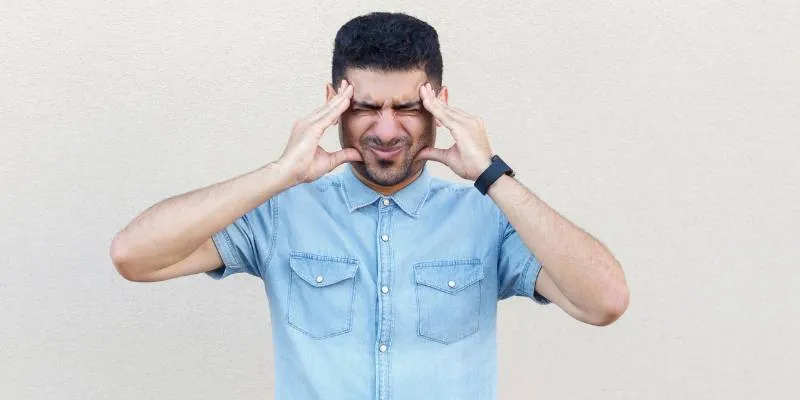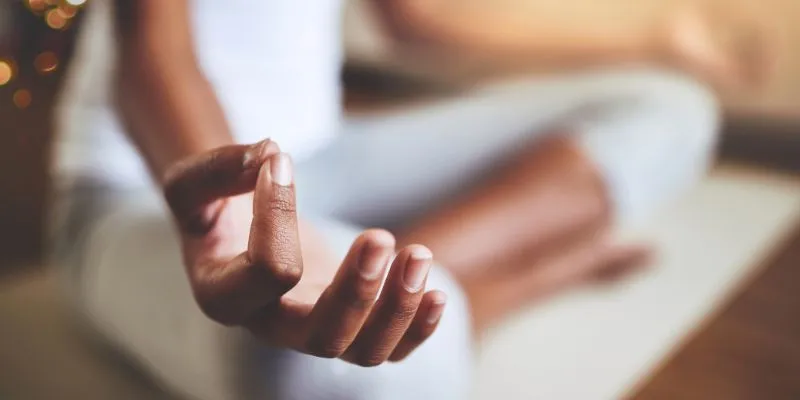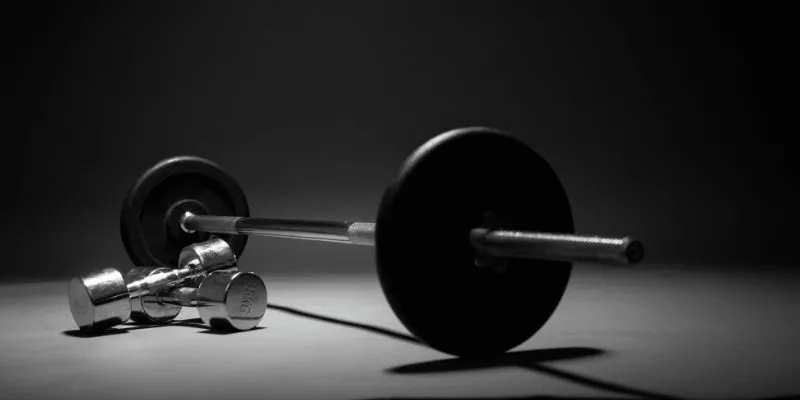Yoga for Foot Pain and Migraine Relief: Benefits and Tips
Are aching feet and migraines disrupting your daily life? You’re not alone. Millions suffer from these common yet debilitating conditions. In this comprehensive guide, discover how yoga can help ease foot pain, reduce migraine frequency, and lessen the intensity of migraines. We will delve into the science behind these benefits and provide practical tips for starting your yoga journey towards better health.
Improving Foot Health with Yoga
 Yoga offers more
than just flexibility and relaxation; it can significantly enhance foot
health. Through targeted poses and exercises, you can strengthen your feet,
improve blood flow, and prevent common foot issues.
Yoga offers more
than just flexibility and relaxation; it can significantly enhance foot
health. Through targeted poses and exercises, you can strengthen your feet,
improve blood flow, and prevent common foot issues.
Strengthening Your Feet
Incorporating foot-focused yoga postures strengthens intrinsic foot muscles, promoting overall stability and functionality. Examples include:
- Mountain Pose
- Standing Forward Bend
- Warrior Poses
The Virabhadrasana series engages muscles in the feet, ankles, and lower legs, improving balance and reducing injury risk.
Increasing Flexibility and Range of Motion
Many yoga poses stretch and flex the feet. Enhanced flexibility and range of motion can prevent conditions like plantar fasciitis. For example, Downward- Facing Dog (Adho Mukha Svanasana) and Hero Pose (Virasana) offer excellent stretching for feet and ankles.
Improved Blood Flow
Yoga stimulates blood flow to the feet through conscious breathing and gentle movements. Improved circulation delivers more oxygen and nutrients to tissues, enhancing healing and reducing inflammation. Inversions, such as Legs-Up-the- Wall Pose, can also improve lower limb circulation.
Fostering Mindfulness and Body Awareness
Practicing yoga develops acute body awareness, extending to your feet. This sensitivity can help you recognize foot discomfort early, allowing preventive measures. Many yoga practices incorporate massage or self-massage techniques for the feet, promoting health and relaxation.
Yoga Poses to Relieve Foot Pain
 Various yoga postures
can help reduce foot pain and improve overall foot health. These stretches and
strengthening exercises alleviate general foot pain and enhance flexibility.
Various yoga postures
can help reduce foot pain and improve overall foot health. These stretches and
strengthening exercises alleviate general foot pain and enhance flexibility.
Standing Poses for Foot Strength
Standing poses are effective for strengthening feet and ankles. Mountain Pose is a basic posture that encourages good alignment through proper weight distribution. Practice with toes spread, distributing weight uniformly on the entire foot.
Tree Pose (Vrksasana) challenges balance and strengthens foot and ankle muscles, improving posture and alignment, which contributes to foot health.
Seated Poses for Flexibility of the Feet
Seated poses provide ample time to stretch and enhance foot flexibility. Bound Angle Pose (Baddha Konasana) gently stretches inner arches, easing tension.
Hero Pose (Virasana) stretches the tops of the feet and ankles, helping reduce pain from plantar fasciitis and other conditions.
Toe-Stretching Poses
Specific yoga postures focus on often-unused toes. The Toe Squat effectively elongates the toes and plantar fascia. Start by kneeling, folding toes under, and pressing back onto heels. Hold for several breaths, increasing duration as comfort improves.
Connection of Yoga to Migraines
Understanding the Connection
Yoga, an age-old exercise combining asanas with breathing and meditation, is increasingly considered for migraine treatment. Studies show regular practice reduces migraine frequency and severity. Yoga influences several migraine causes positively, including stress management, muscle tone, flexibility, and blood circulation.
Improved Blood Flow and Oxygenation
Specific yoga postures like inversions and forward bends increase blood flow to the brain, enhancing oxygenation. Improved circulation may counteract vascular constriction associated with migraines and reduce muscle tension in the neck and shoulders, common migraine pain sites.
Balancing the Nervous System
Yoga’s holistic approach to mind-body wellness balances the autonomic nervous system, crucial for migraine development. Regular practice modulates the sympathetic and parasympathetic responses, reducing migraine frequency and severity. It minimizes susceptibility to triggers, enhancing overall well- being.
Yoga Practices that Ease Migraine Symptoms
Breathing Techniques to Alleviate Migraine
Yoga offers powerful breathing exercises, or pranayama, to alleviate migraine symptoms. Alternate nostril breathing (Nadi Shodhana) balances the nervous system and reduces stress, a common migraine trigger. Brahmari (bee breath) involves humming during exhalation, relaxing facial muscles and relieving tension headaches.
Easy Poses for Headache Relief
Certain yoga postures reduce migraine pain by promoting blood flow and relieving tension in the head, neck, and shoulders. Child’s Pose gently stretches the back and neck, inducing relaxation. Cat-Cow increases spinal flexibility and releases upper body tension. Legs-Up-the-Wall Pose offers a soothing inversion, relieving head pressure and promoting relaxation.
Meditation and Mindfulness Practices
Integrating meditation and mindfulness into yoga practice benefits migraine sufferers. These practices reduce stress, a common trigger, and increase body awareness. Try a simple body scan meditation, focusing on each body part to release tension. Guided visualizations, imagining calm and pain-free states, can be powerful. Regular practice enhances stress management and reduces migraine episodes.
Conclusion
Yoga offers promising benefits for foot health and migraine relief. Its targeted poses and breathing techniques can reduce pain, improve flexibility, and lessen headaches. With consistency and patience, yoga becomes a powerful wellness tool for chronic foot issues and debilitating migraines. Embrace yoga as a holistic approach to your health and well-being.










